Private organizations and public agencies have done a great job of acquiring and preserving many thousands of acres of open space in Southern California as natural areas over the past few decades. But many of these properties are severely degraded and restoration to native vegetation has been challenging.
Passive restoration (just getting rid of the non-nativeplants so the remnant native population has a chance) is the simplest and least expensive approach. It has been tried frequently with variable success, mostly limited success in my opinion.
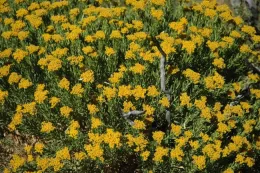
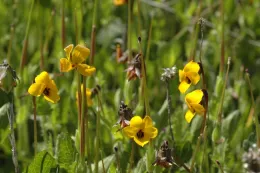
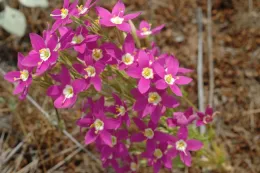
As a relative newcomer (since 2000) to the habitat restoration arena (but with 20 years of research experience on weeds), I have tried to observe and learn from others. By 2005 I had concluded that one problem was the practice of killing weeds for one year and planting natives the next, which were swallowed up by the weeds as soon as it rained. My experience told me that the weed seed bank had to be eliminated or at least greatly diminished to give the natives a chance. So I set out to test my hypothesis.
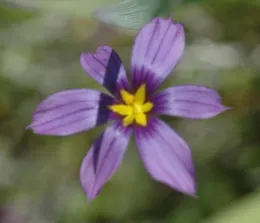
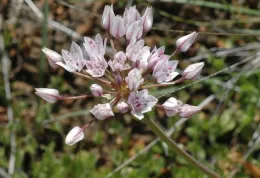
Another experiment was established in 2007 to see if this approach would increase an extant but small population (≤ 2% cover) of purple needlegrass (Stipa pulchra, which by the way is the CA State Grass). In this experiment my collaborators were John Ekhoff, Biologist, CA Fish and Wildlife and Marti Witter, Fire Ecologist, National Park Service Santa Monica Mountains National Recreation Area.
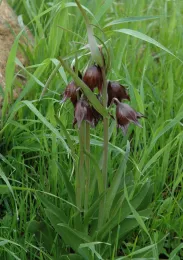
So I think that I can accept my hypothesis; kill the weedy annuals thoroughly for several years, do not let any of them produce seed and the natives will respond marvelously. My reward is seeing natives thrive, illustrated by the photos all taken at these sites over the past 7 years, including the solid cover of purple needlegrass below.
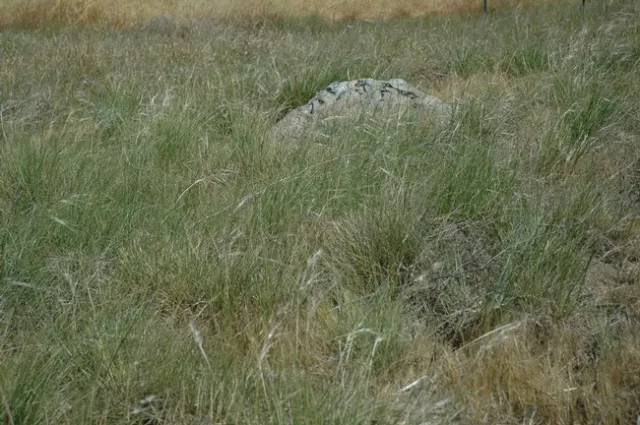
Original source: Invasive Plants in Southern California blog
